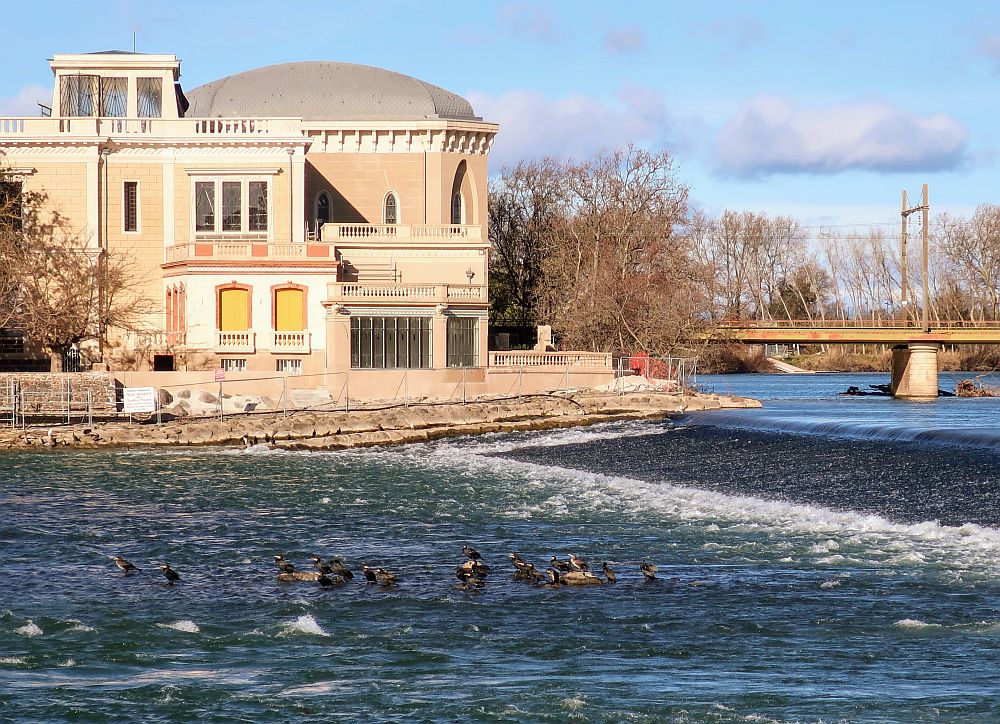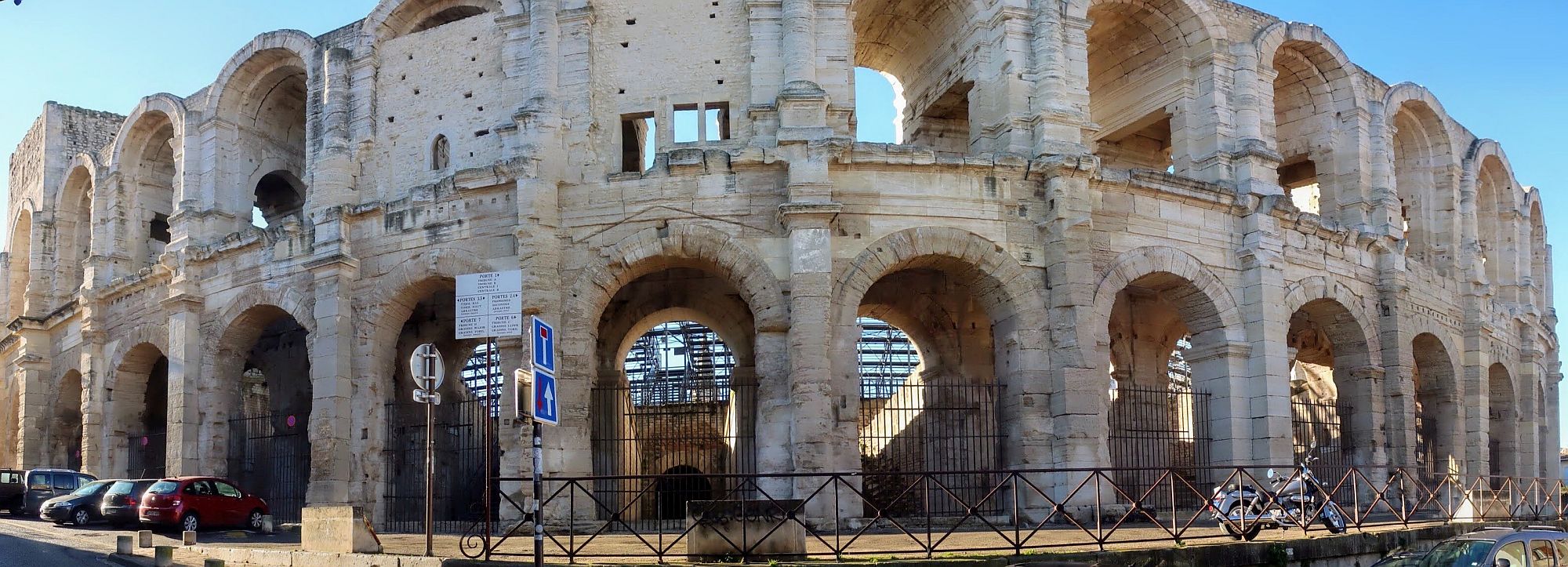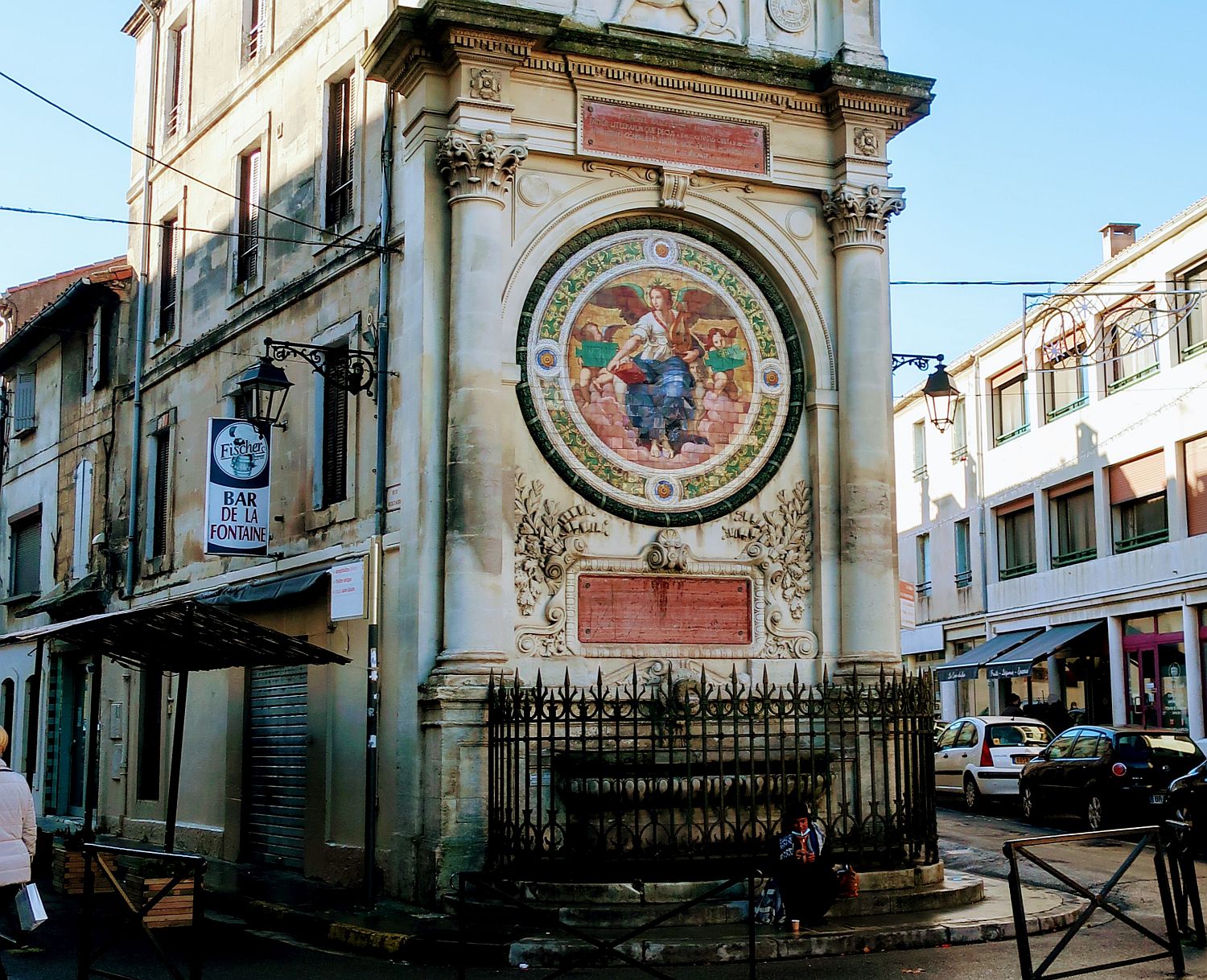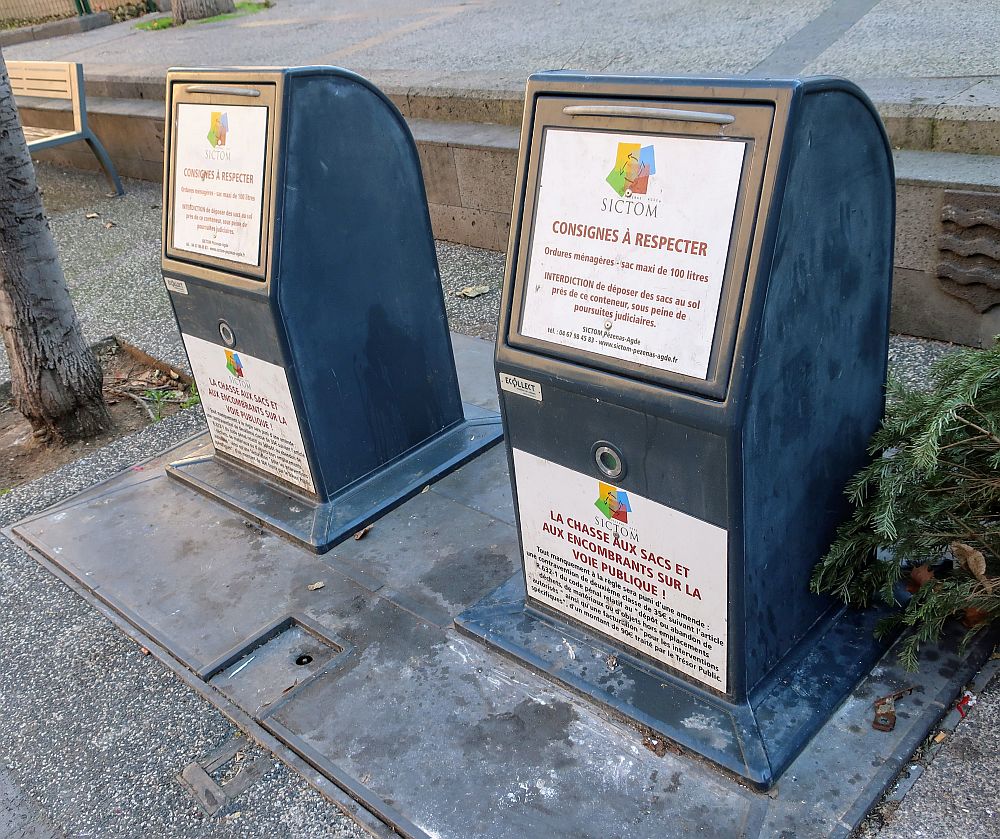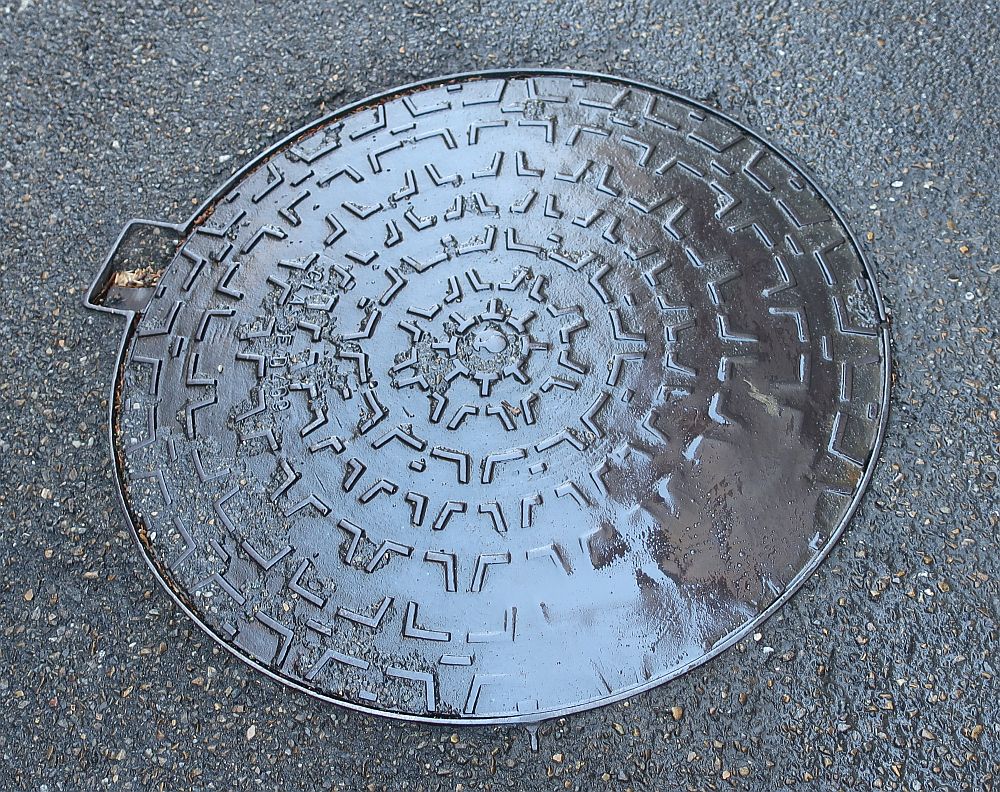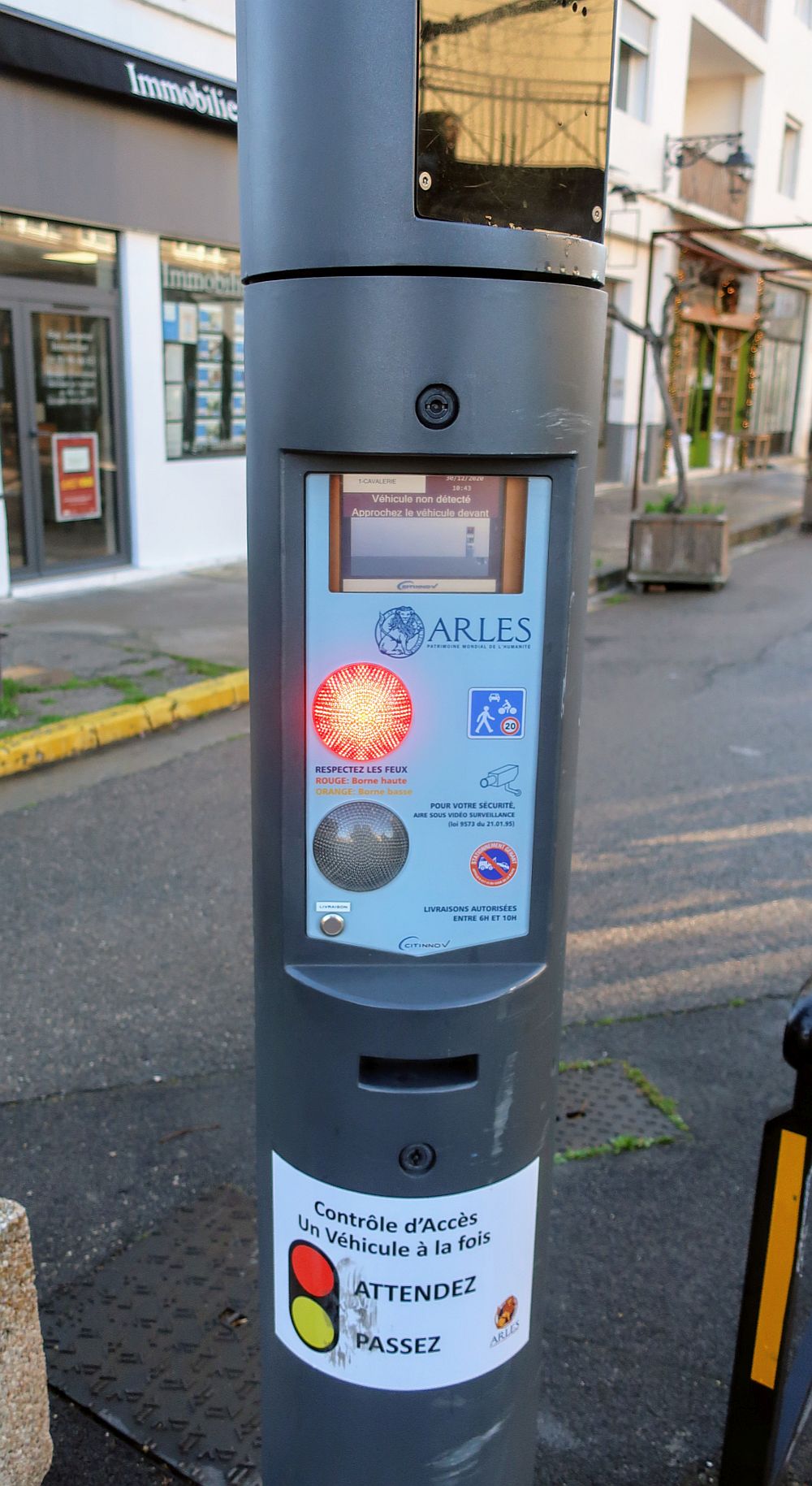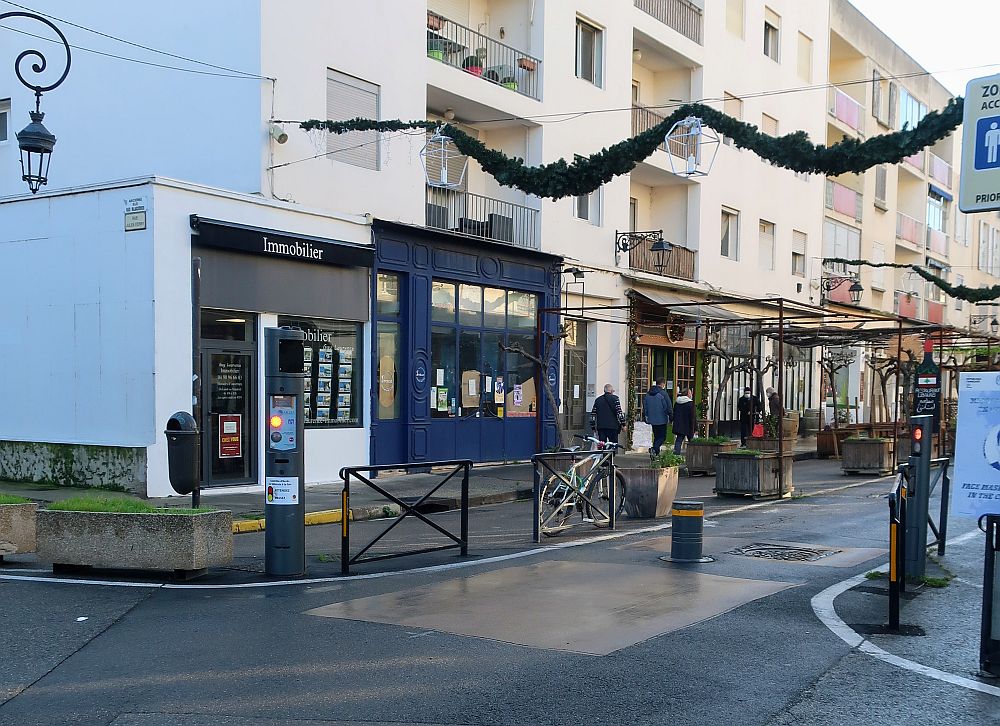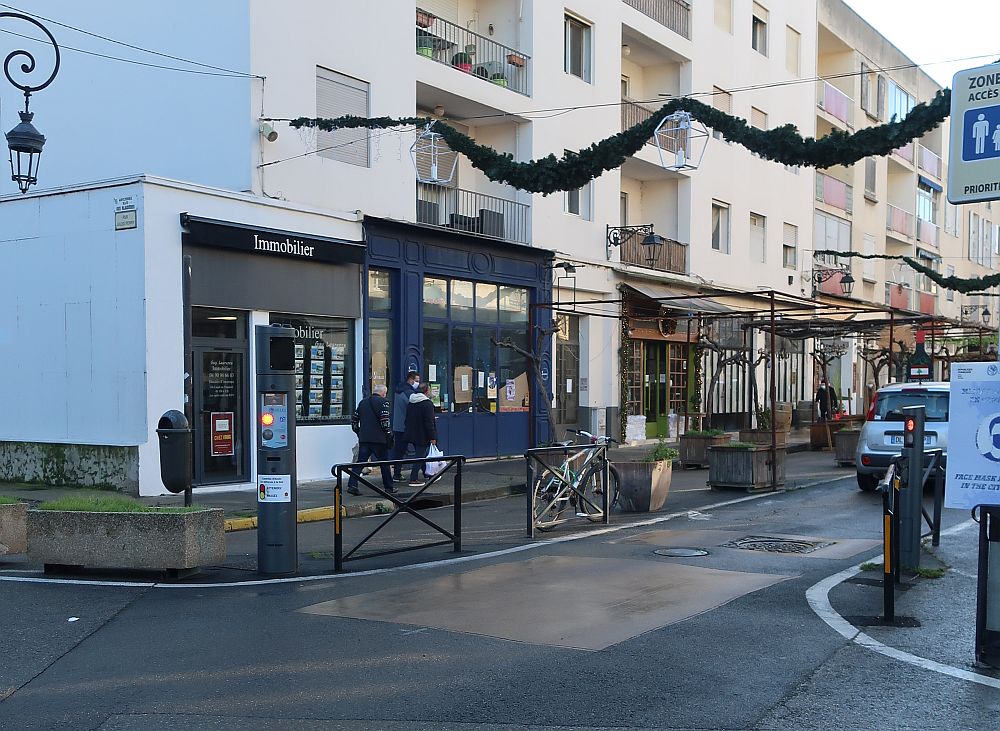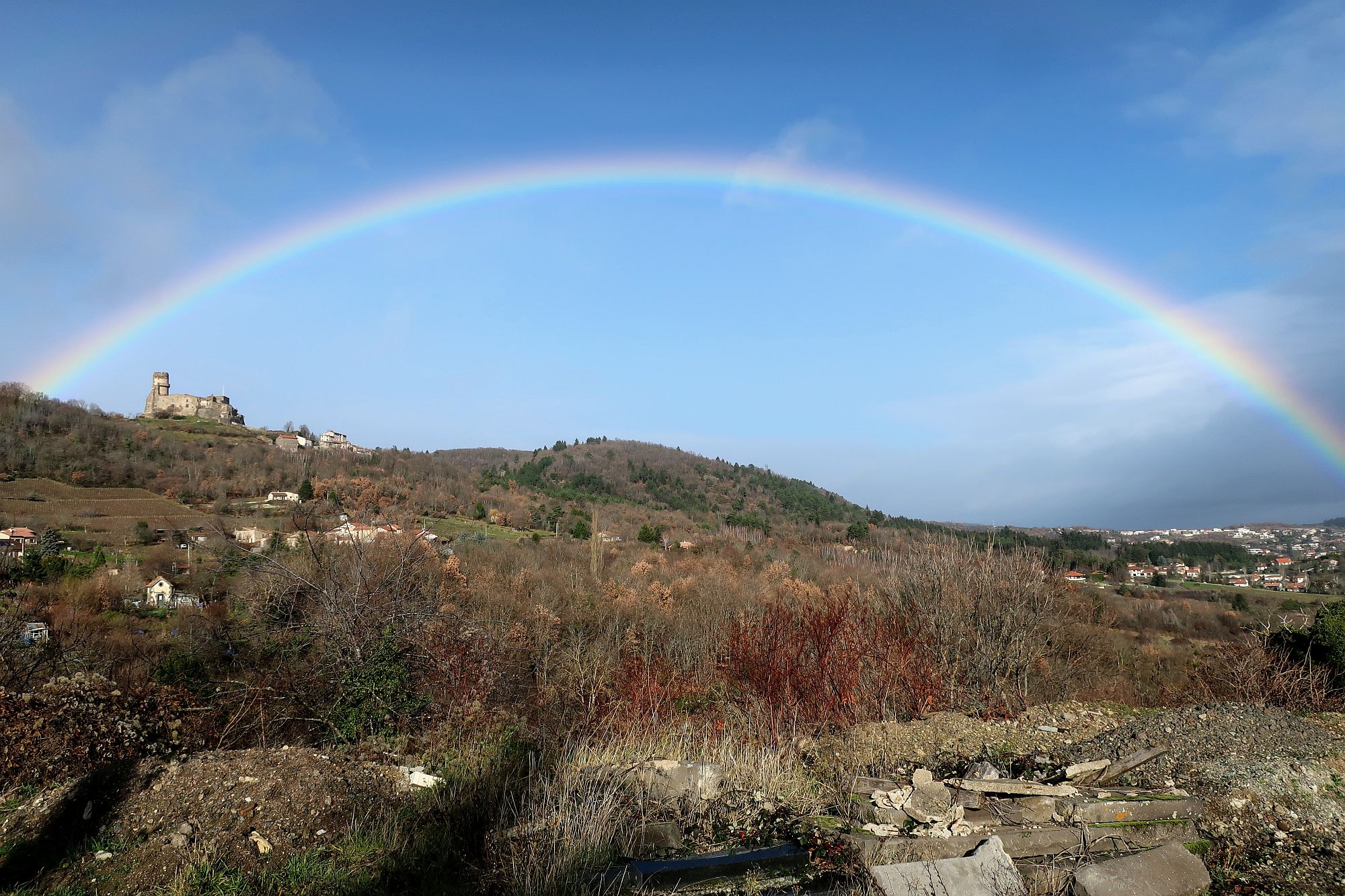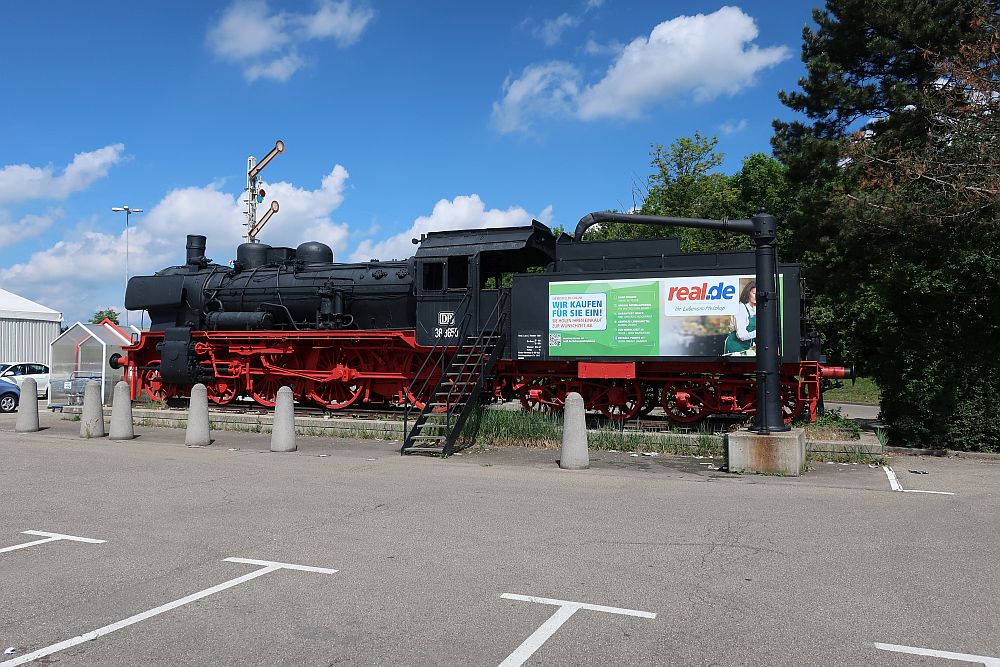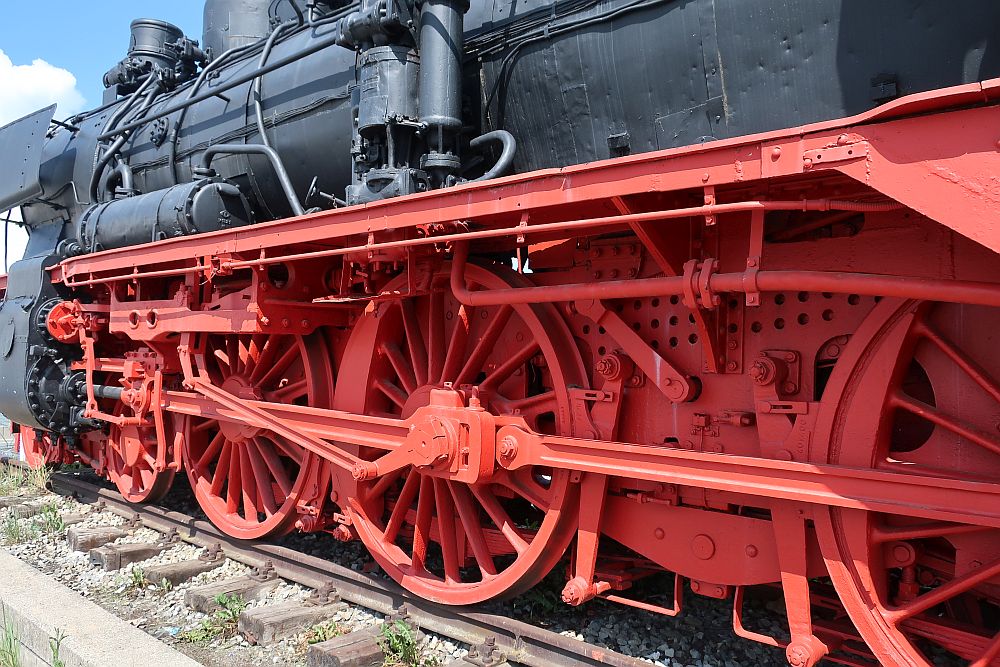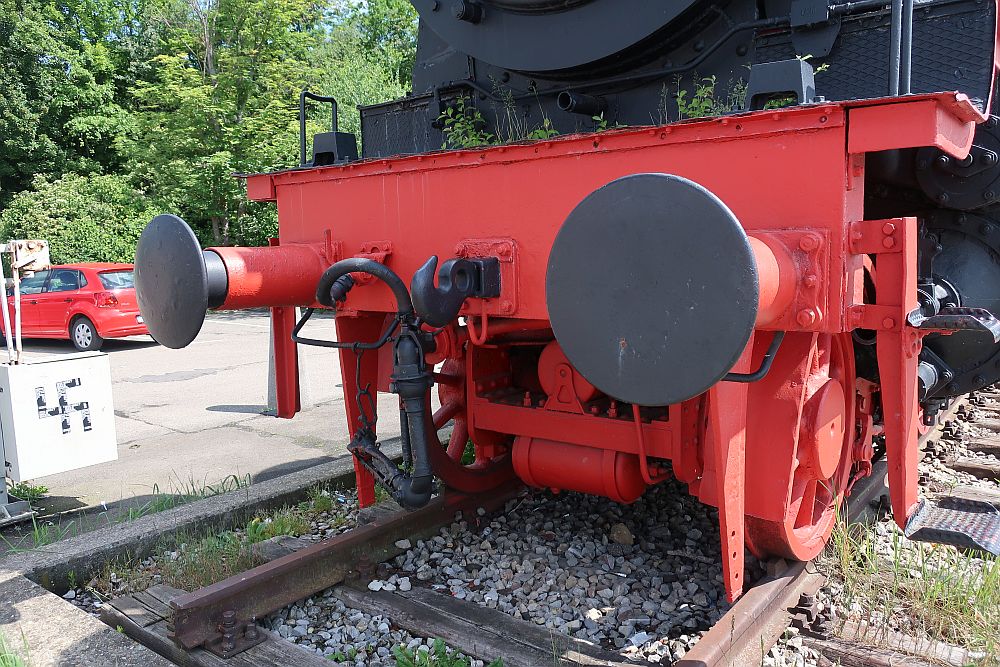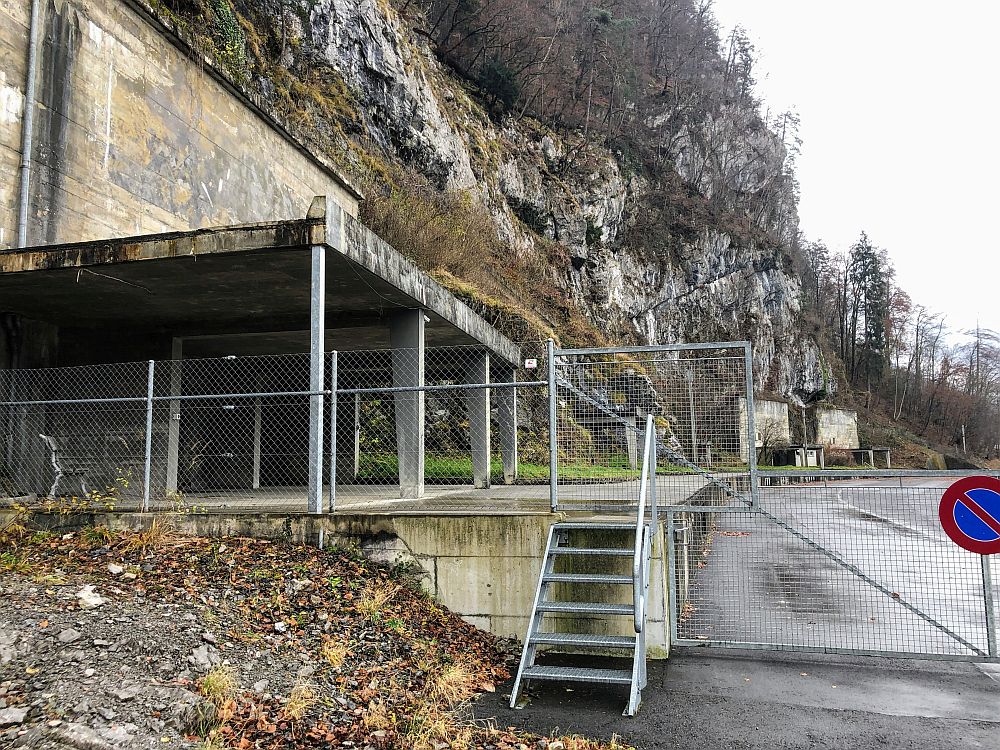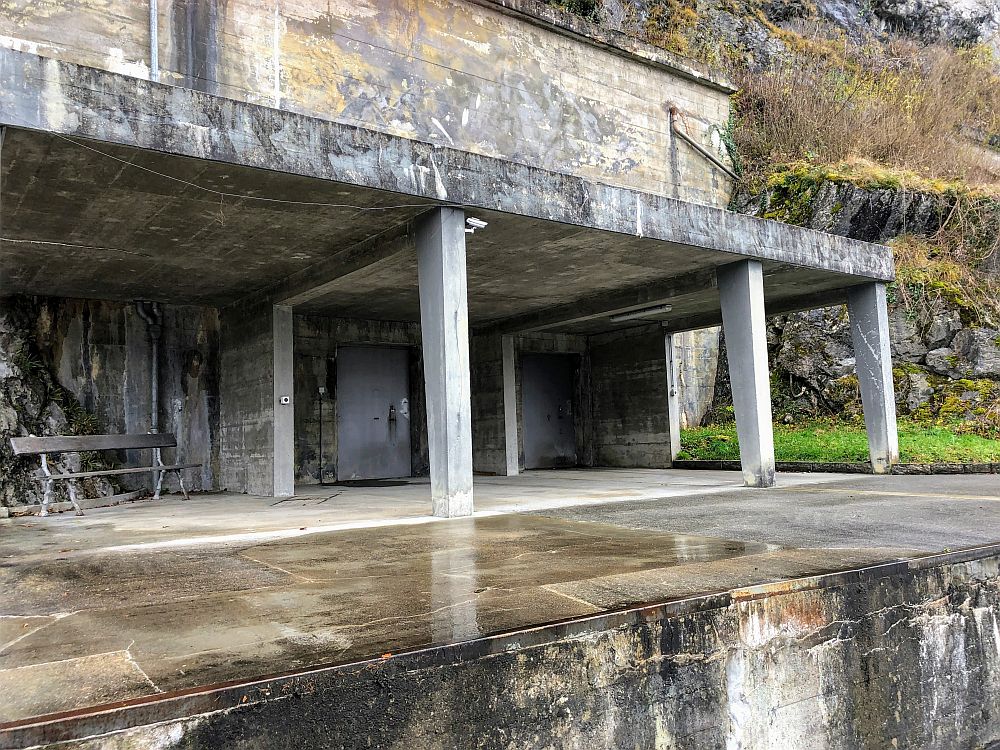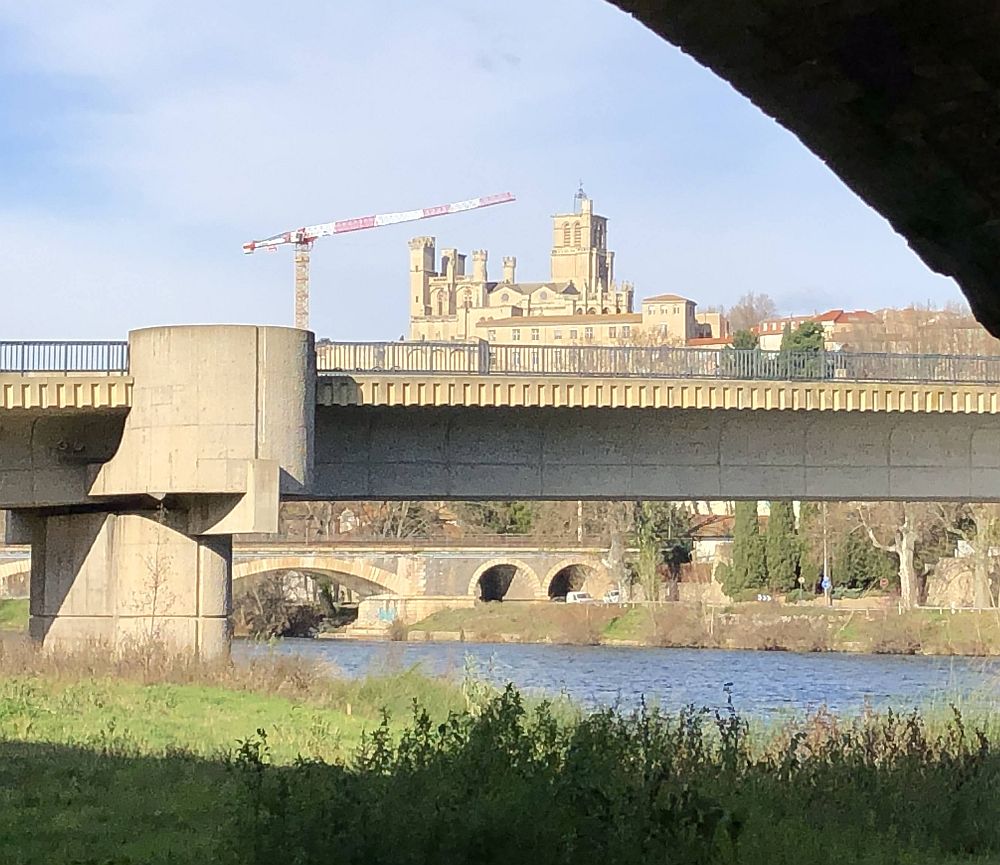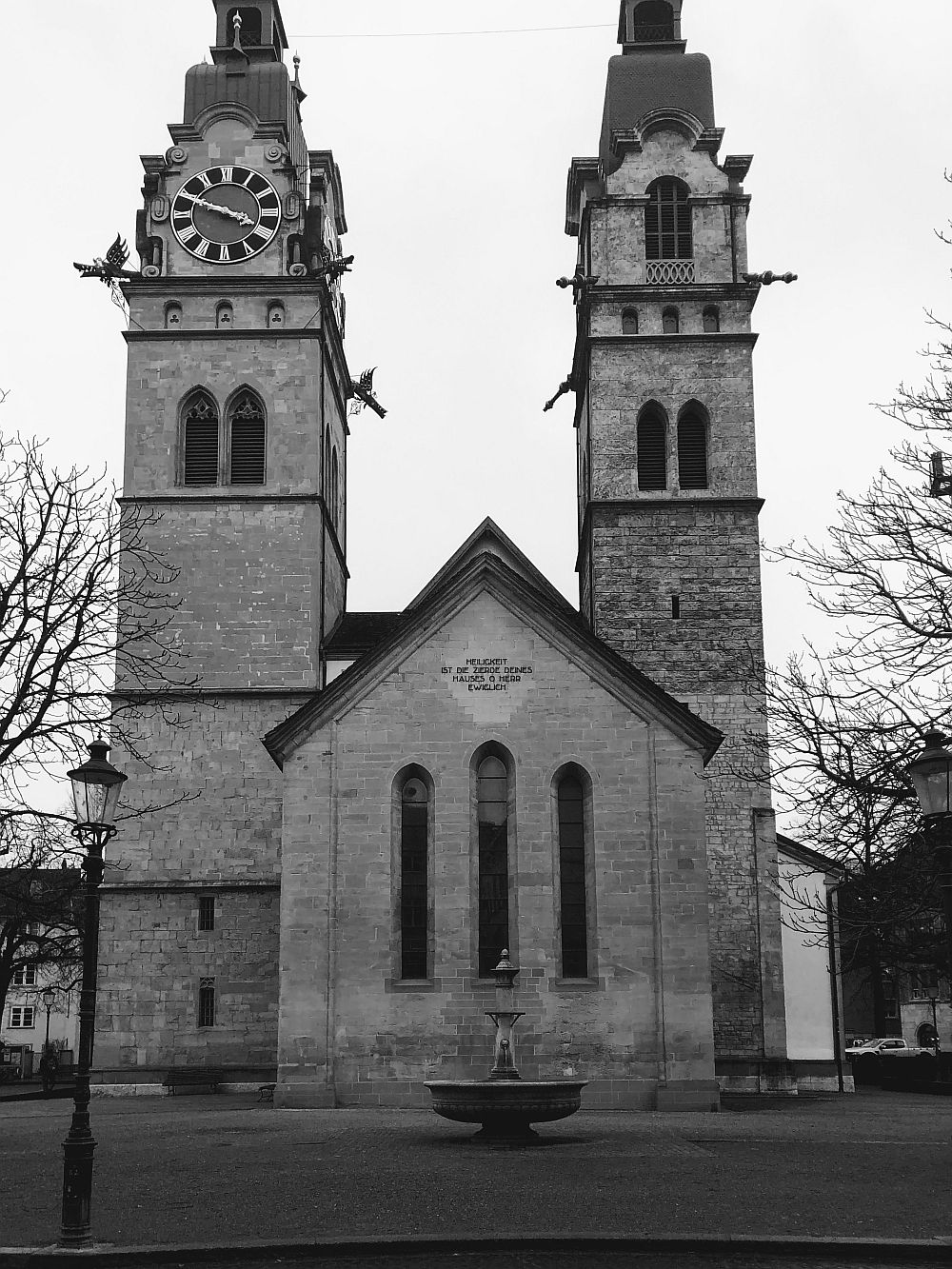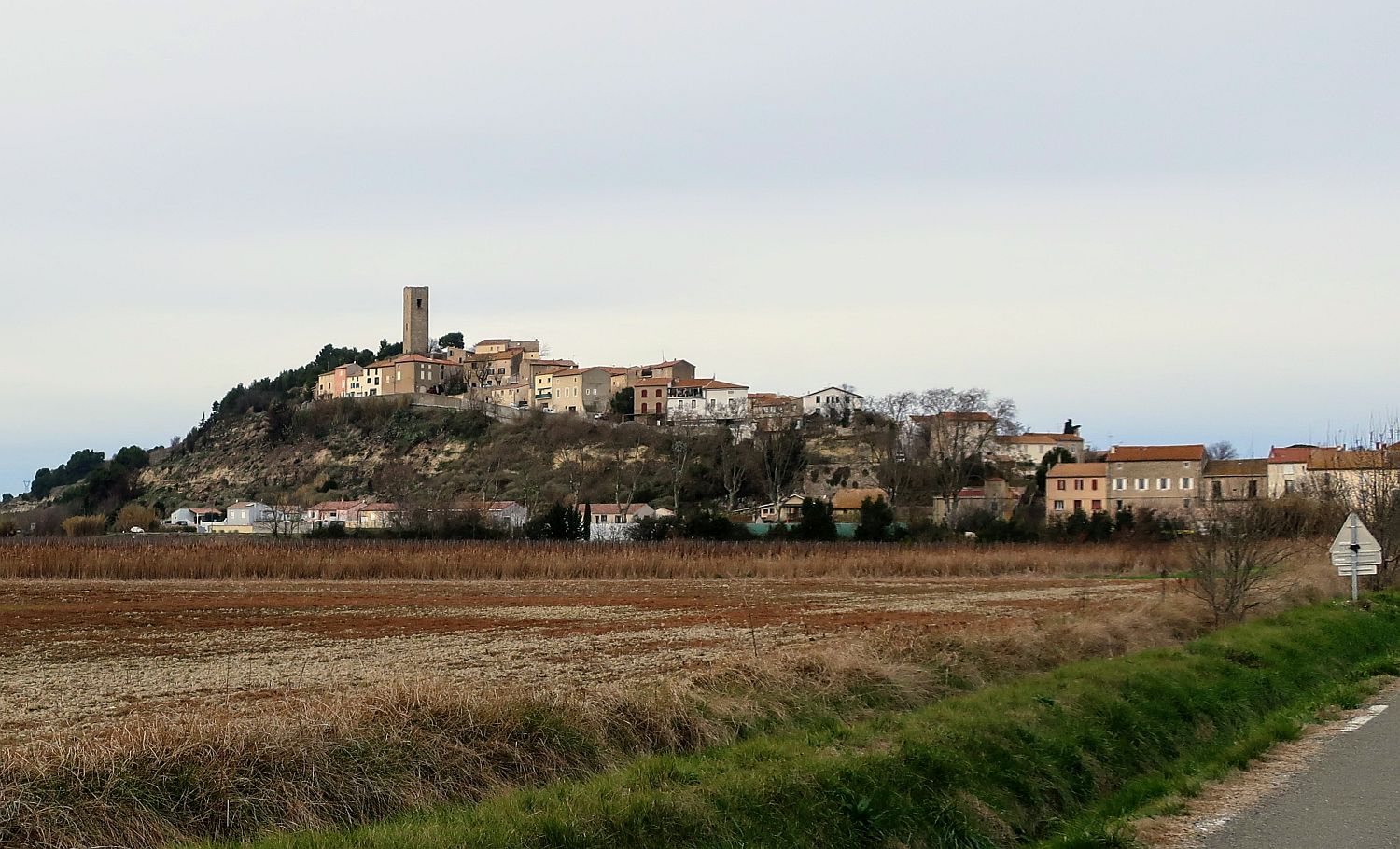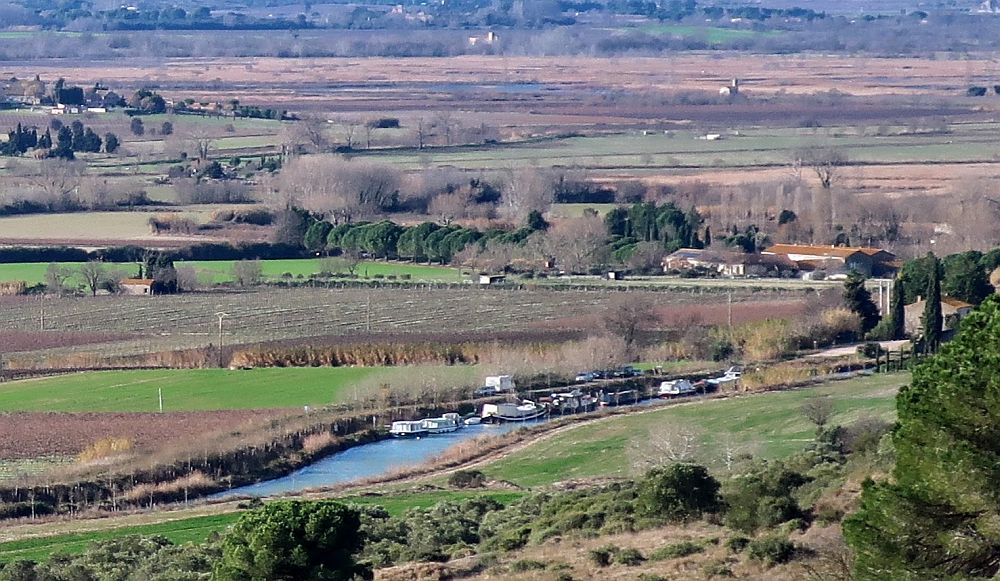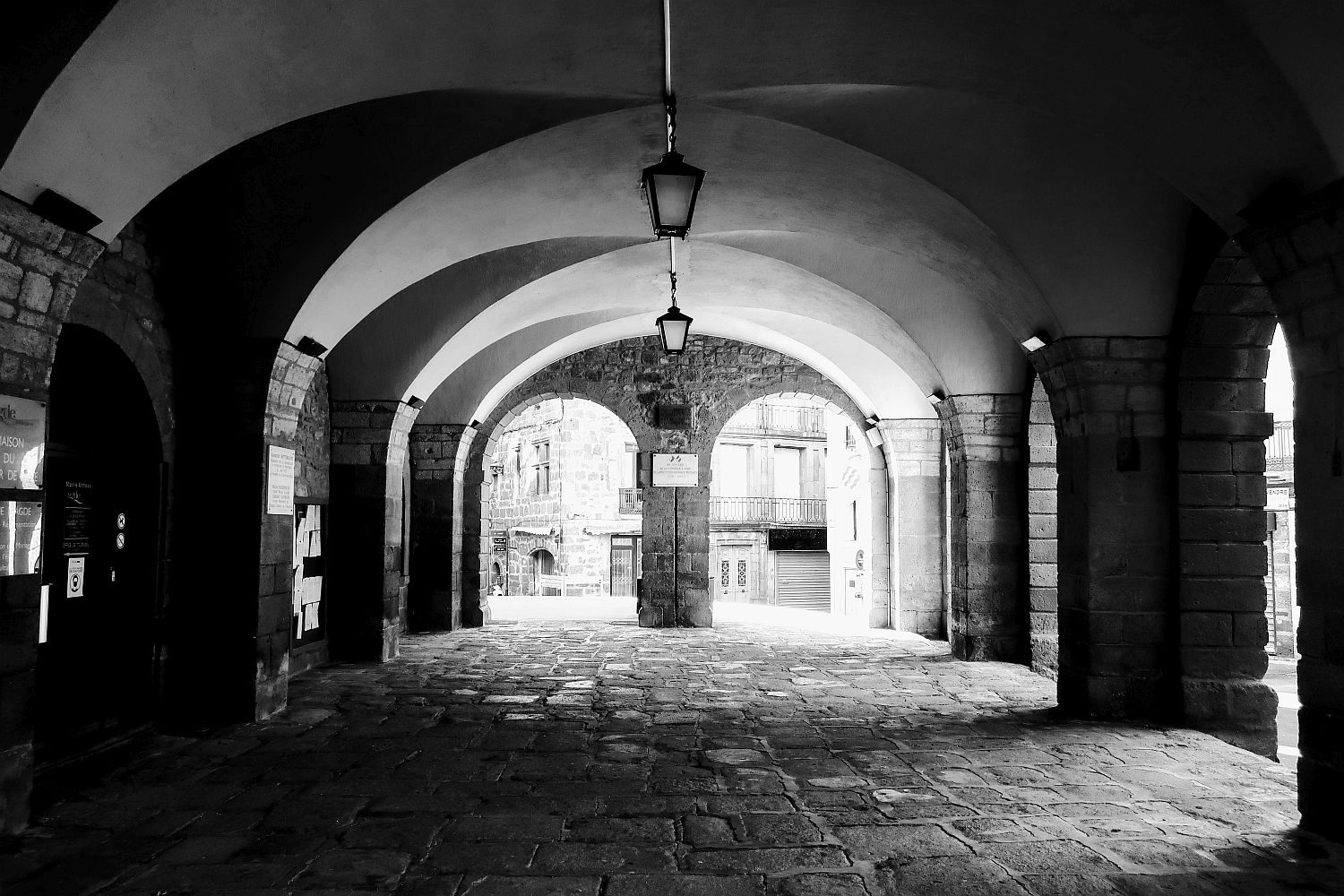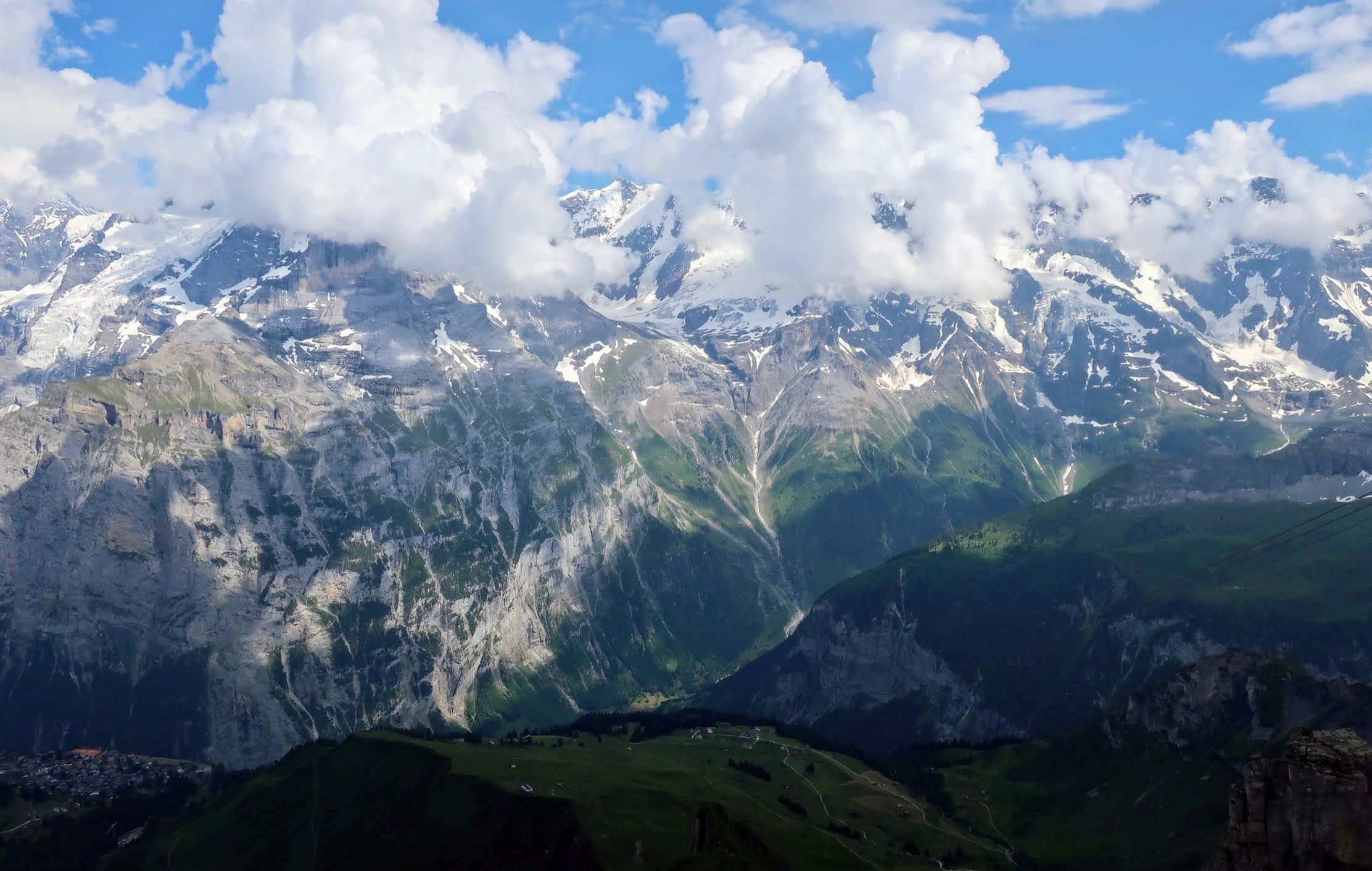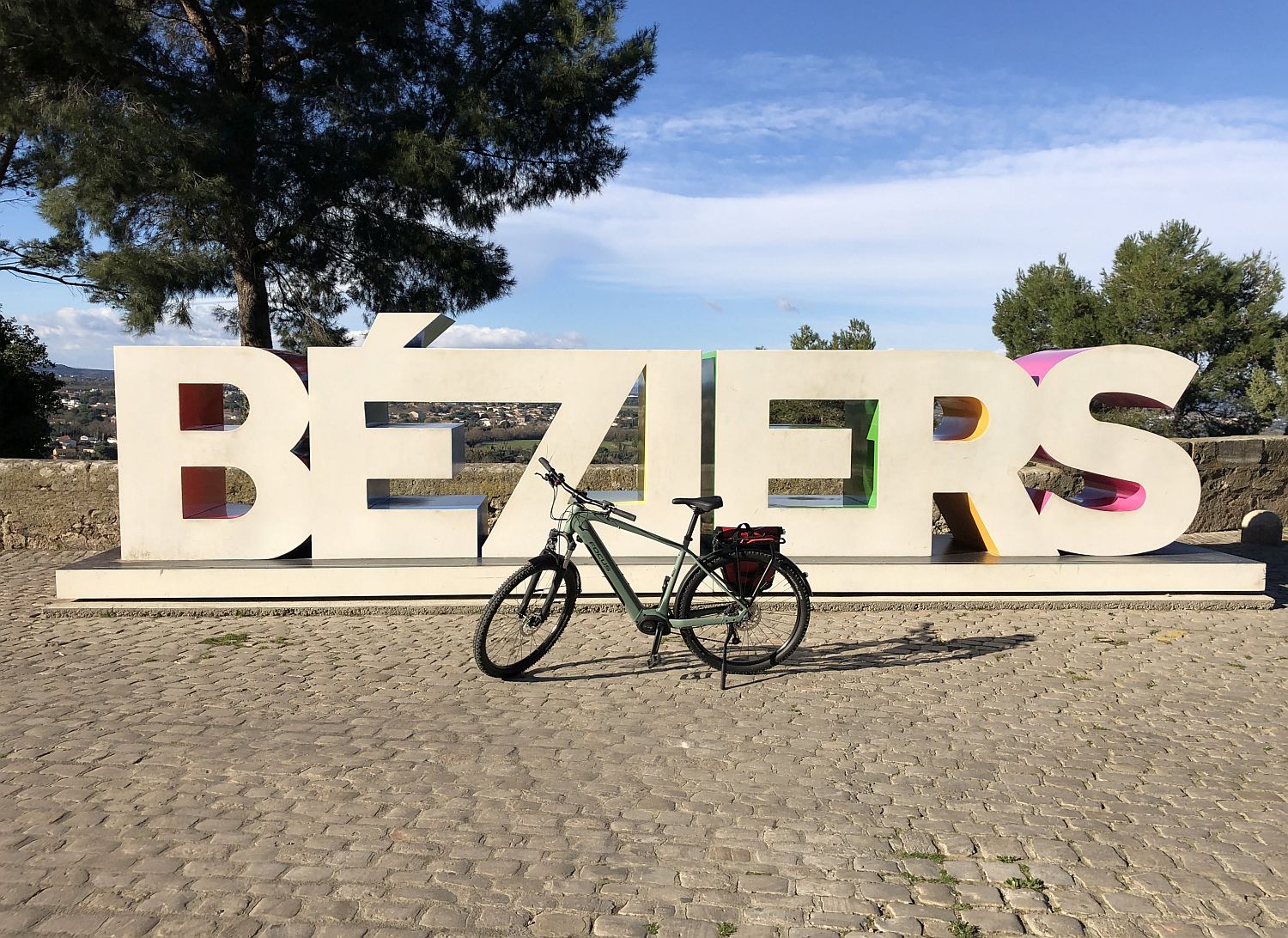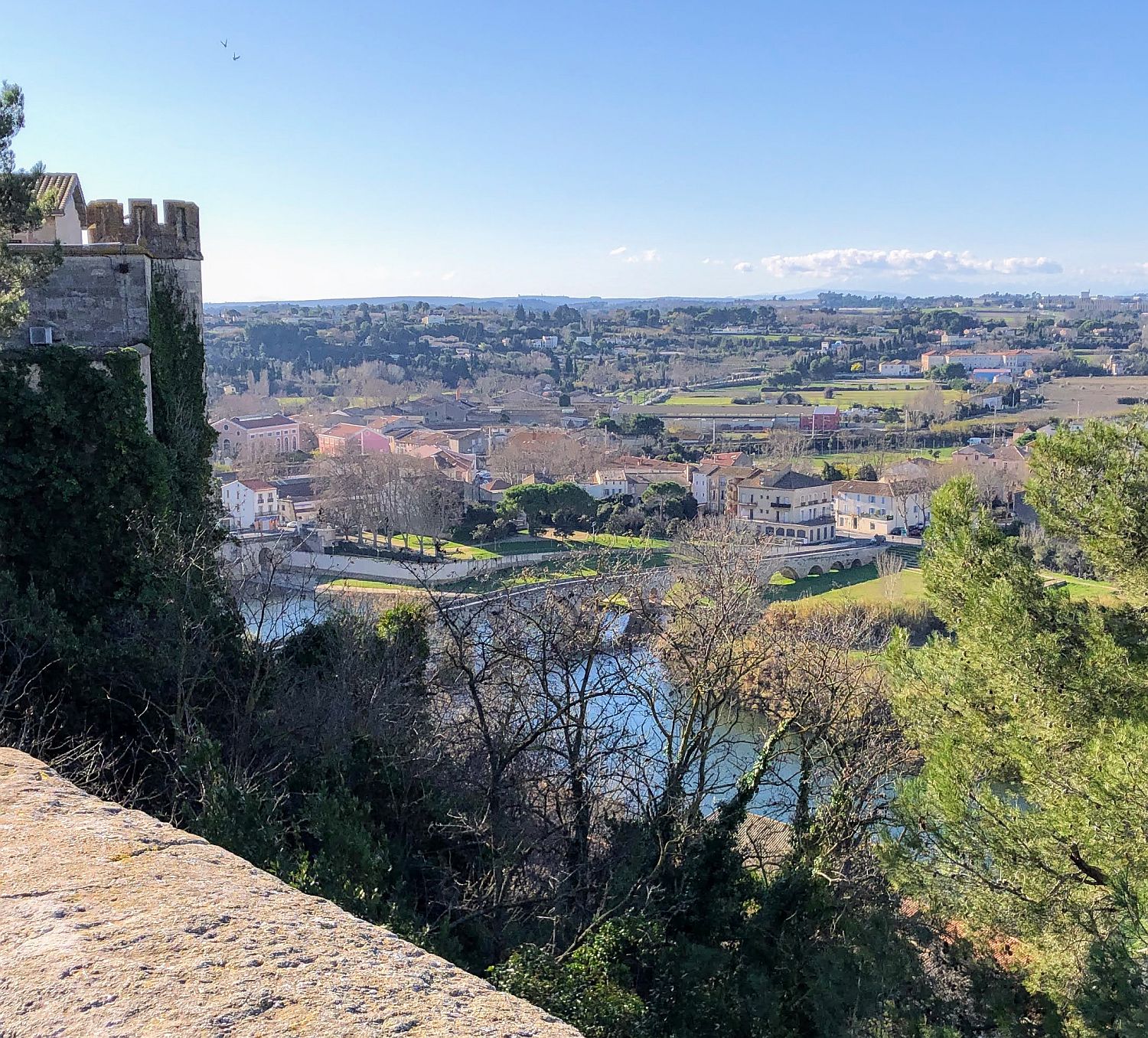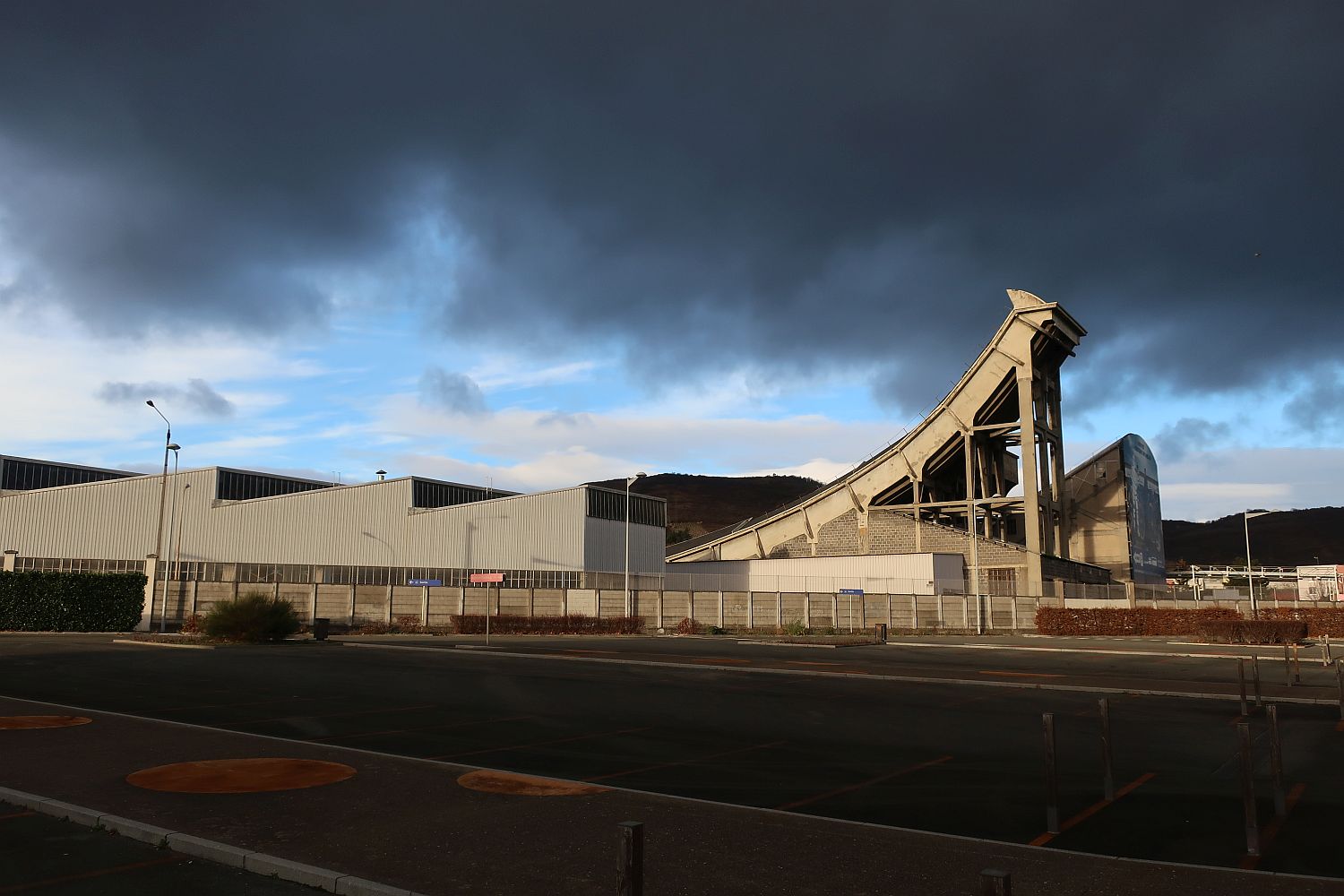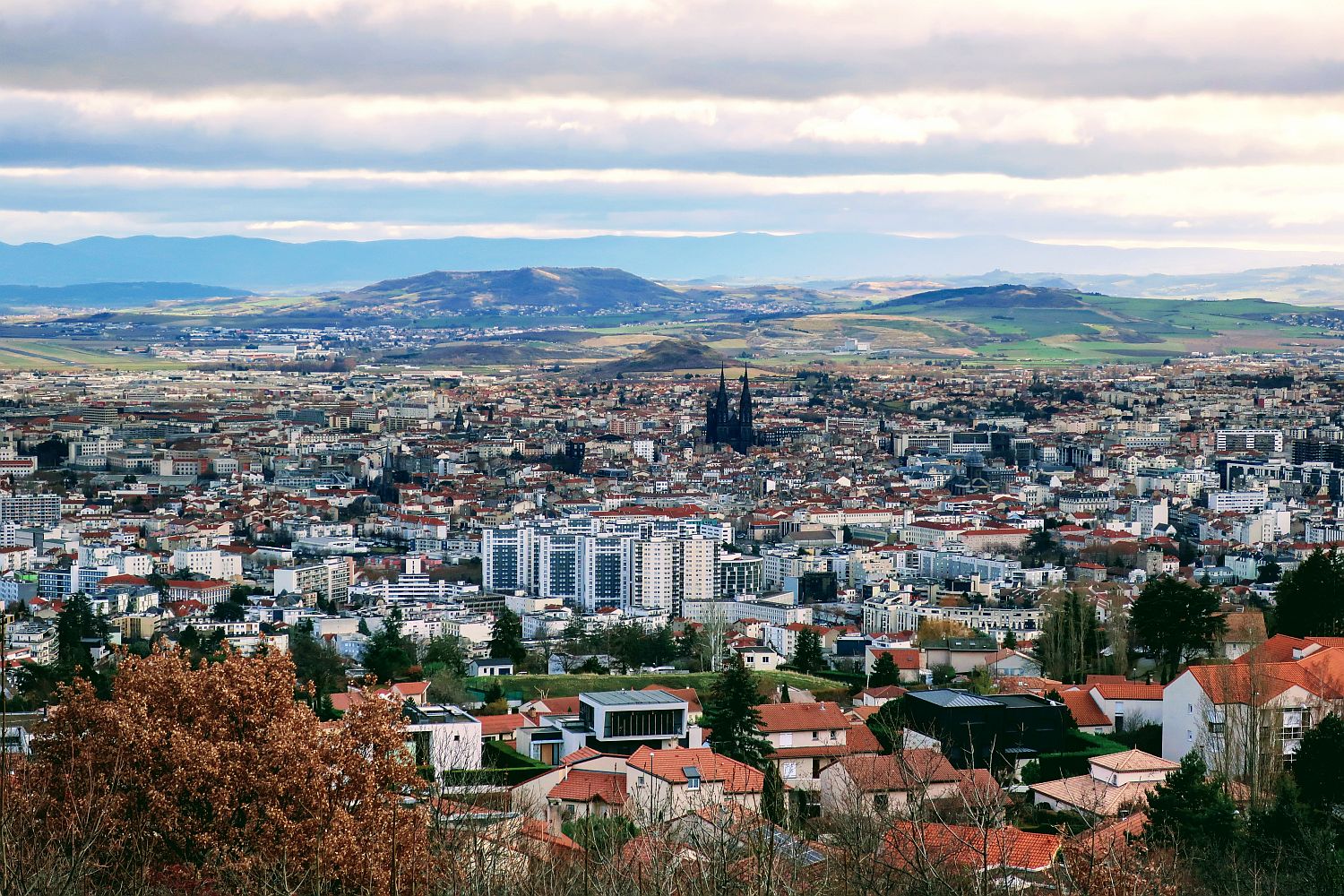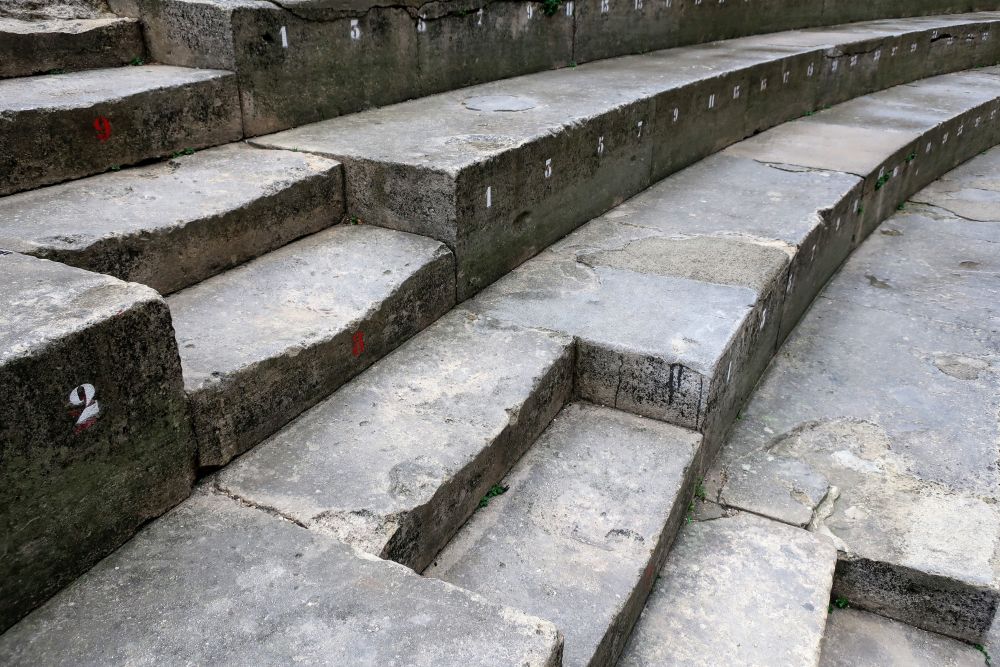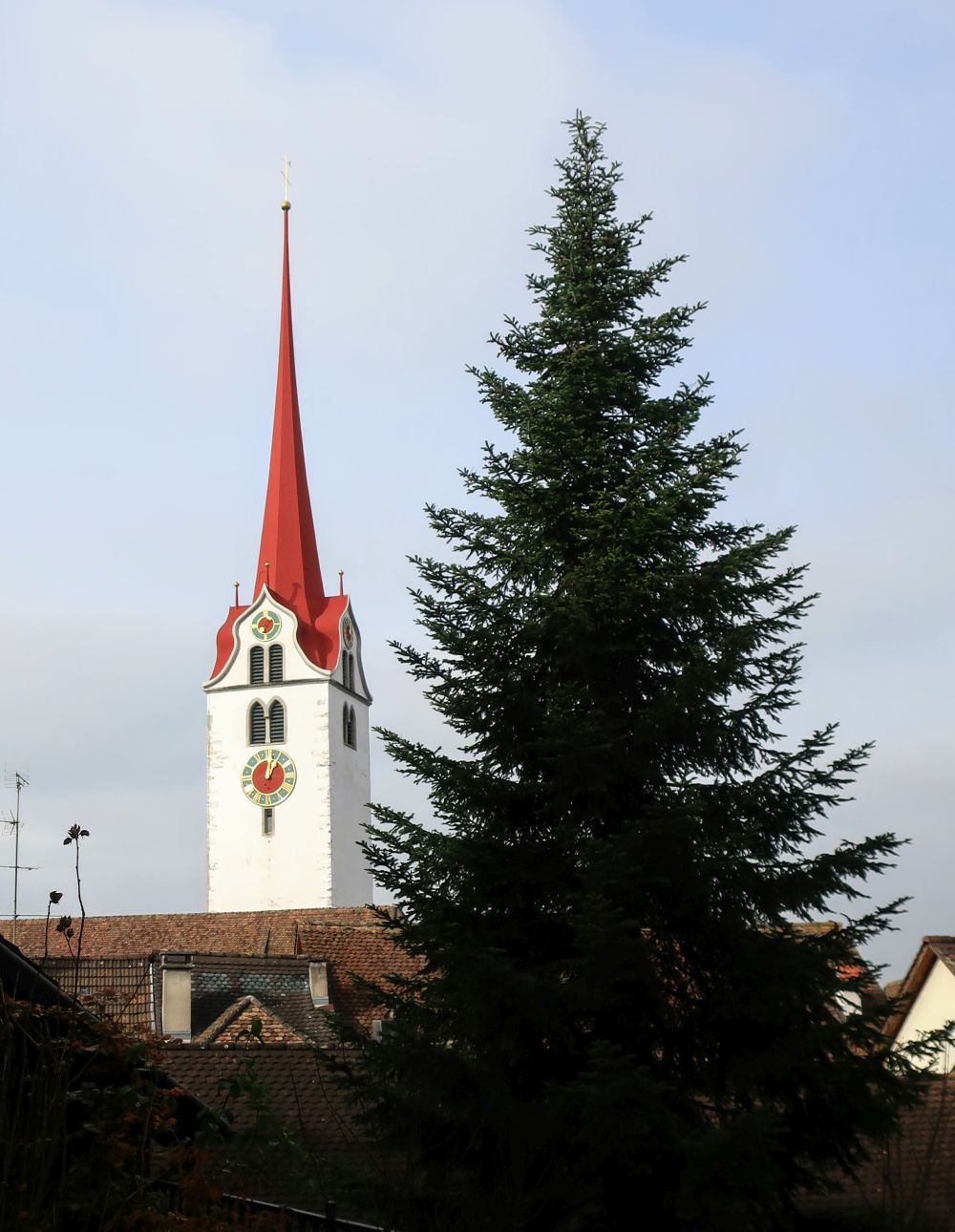As artistic a snap as I thought I could take of a number of birds seeking the best refuge they could find from the howling Mistral winds on the Hérault River in the southern French village of Agde,
Month: January 2021
Arles Amphitheater
When you think of Roman coliseums, you tend to think of Rome.
But there are many, many coliseums still in existence, many of them scattered throughout France, Spain, Italy, and even in Switzerland.
Here is the best pan I thought I could rama of the Amphitheatre in Arles, in southern France. Interestingly, except for a temporary shutdown due to Covid, the amphitheater like many of them is still in use today, not just as museums but for real events like markets and bullfights.
Pass the city walls through the gateway and into the city center
As artistic a snap as I thought I could take of a colorful building (which a fountain built onto it, no less!) on the north side of the southern French village of Arles, immediately opposing an ancient portal through the medieval city walls:
Although I didn’t stop to ask her, the lady sitting in front does not appear to look homeless. The lady (femme in French) is just sitting (s’asseoir in French) with a face mask (masque in French), drinking a coffee (prendre un café in French), smoking a cigarette (fumer une igarette in French), while reading her mobile phone (mobil in French).
At the time I was there it was required to wear a face mask when anywhere in the downtown area (masque obligatoire in French).
Garbage in Agde
Continuing the series, here are some underground garbage receptacles in the southern French village of Agde,
A true urban mystery, worn around the edges
At first I just casually stepped over this manhole cover in the southern French village of Arles. But then I thought to myself – do they still call it a “manhole” in this day and age, and if they do, what’s is it called in French?
But then I noticed it was worn on one side, as you can see below:
This was a true mystery to me. Probably, it was worn by the tires of cars that pass over it – a logical explanation because the cover sits just to right side of the street.
But if you stop and really think about modelling this behavior, it makes less and less sense. If the metal could really be worn away by the rubber of car tires, why wouldn’t more of the cover be worn?
No, what is more likely the case is indicated by the bits and pieces of asphalt that are stuck to other places on the cover. Probably, the cover was laid, the street was covered in asphalt, and the cover was then exposed, possibly using a sandblaster.
The amazing, mind-boggling “Traffic Stoppers of France”
Sit down, get ready, and prepare to enjoy an exciting treat!
First, have a look at this. It is an object you will see in many French cities. What is it, you may ask yourself? What could it be?
Well, it is something of a sentry or sentinelle as the French may say, standing stoically in rain or shine, and carefully guarding which cars and vehicles have access to the downtown area.
For, when you step back a bit and see this French intersection, you’ll see a post in the middle of the street, preventing traffic from entering the downtown area:
But, for the vehicles that are on the access list, the sentinelle causes the post in the street to lower, so that you can drive into the downtown area.
Personally I think technology like this is quite behind-the-times. You need to travel to a truly modern country like China to see how they use vehicle recognition technology in all sorts of applications.
Rainbow over the castle
A real locomotive . . . at REAL
There is a chain of hypermarkets in Germany called Real – a tad smaller (well, considerably smaller) than Walmart or even Carrefour in France. OK, so let’s just call them “big supermarkets that sell other things, not just food.”
The Real located in Böblingen, Germany has – for reasons I do not know but are on my bucket list to find out – a steam locomotive in their parking lot.
Here’s what it looks like from the side:
The locomotive has been – every time that I have visited at least – been open to the public, so you can climb up and check it out from in the inside. I don’t have any snaps of the inside, but here is a close-up of the wheel assembly:
And I thought the boiler tank was quite interesting:
But to me the two most amazing things are the front of the train, which uses exactly the same bumper technology and connection technology that you find on trains today:
And the writing on the side of the train, just like you find on trains today:
Those amazing Swiss bunkers
If you’ve ever been to the Berner Oberland in Switzerland then you know how it is. The Swiss built a tremendous number of fortifications deep within the country of Switzerland, far from any borders, so that if the Germans attacked from the north, they could retreat to the center and – in a sort of scorched earth policy – destroy bridges and roads to prevent German egress into the center.
Here is an incredible sight for anyone driving into Interlaken:
Including a close-up of one of the bunkers, including the picnic bench which I think adds a nice, homey touch:
World’s dumbest bridge with a canal over my head!
As artistic a snap as I thought I could take of the arguably the world’s or at least France’s bridge with the dumbest name (Pont Vieux, which translates to Old Bridge), but, in this case, with the world famous French Canal du Midi about 5 meters above my head in the southern French village of Béziers,
Yes, that is a canal over my head (or in engineering terms, an aquaduct for boats) that traverses the River Orb.
France underwent an explosion of canal building in the eighteenth and nineteenth centuries, and there are many spectacular examples of canals that traverse rivers or other obstructions.
Winterthur church
As artistic a photo as I thought I could take of the Stadtkirche Winterthur, dating back to the thirteenth century (the church, not my photo),
Just for the sake of transparency, I squared up the image a bit using the SKRWT app on my iPad.
It reminds me of Ansel Adams in two ways: not only is it a black and white snap of a church, but I captured it while just waiting around outside before my dentist’s appointment (my dentist asked his patients not to arrive early for their appointments, due to Covid). Ansel Adams was known to take a little point-and-shoot Polaroid camera everywhere he went – and although I don’t put myself in his category, just about all the snaps he took on that little Polaroid are now hanging in museums.
Montady on the hill
As artistic a snap as I thought I could take of the quaint little village of Montady, just on the northern edge of the mind-blowing Étang de Montady in the southern French countryside near Béziers,
The incredible Canal du Midi
The Canal du Midi was an incredible public works project engineered by Paul-Pierre Riquet in the eighteenth century. Here you can see it running across the Béziers countryside in southern France,
As this blow-up shows, today it’s mainly used for recreational boat traffic including houseboats,
Agde archway
As artistic a snap as I thought I could take of an archway through a medieval building in the southern French village of Agde,
Where Switzerland meets Germany
Well, this place isn’t anywhere close to where the border of Switzerland touches the border of Germany. But it is in the north central Swiss town of Schaffhausen, which is the largest village and natural embarkation and debarkation point for train travellers arriving from or travelling to Germany.
And you can see that in this magnificent train station, with the “Schweizerische Bundesbahnen” on the left, and the “Deutsche Bahn” on the right.
To me it is also a powerful reminder of the two very different cultures: literally translated Schweizerische Bundesbahnen means Swiss Federal Railroads – a collection of different companies united equally into a larger framework – and the Deutsche Bahn, just one company.
High above the Lauterbrunnen Valley
I think this is my snap. I hope this is my snap. But I am not really sure. Reason? I use Google Photos – and Google Photos has a very nasty habit of sucking up all photos that it finds on my device, including what other people post in apps like WhatsApp. But if it is not my photo it is surely a scene I’ve seen dozens of times since moving to Switzerland
Béziers building
Nothing special or historic or anything of that nature. I just liked how the building looked in the sunlight:
There are a number of southern French cities layed out similar to this one, with a large rectangle in the center, often used for a market, then tiny one lane roads on each side where traffic is unidirectional.
The Rhine Rider at Béziers
Old bridge over the River Orb
Hold on to your hat: the name of this bridge in French (and I am not making this up) is Pont Vieux. This is translated as Old Bridge. It’s either the world’s most dumbest name (implying the locals could not think of anything better) or the world’s most artistic name (using a humble self-explanatory moniker for a magnificent thing).
Anyway, dumb or artistic, it spans the River Orb in the South French city of Béziers,
This is a view of the bridge from high above, at the Cathédral Saint-Nazaire:
Michelin test facility in the sunlight
It’s been on my bucket list for a few years to take a photograph of this ancient tire test facility of the Michelin tire company, in Clermont-Ferrand. So you can imagine my happiness when I headed out to it with my camera in hand and was rewarded with wonderful sunlight at a perfect angle.
This snap has not been retouched in any way.
Now . . . this is the part when I then have a little think. I’ve seen some YouTube videos that show the insides of this place, essentially little buggies running back and forth up the hill 24×7. As a physicist myself I can’t really fathom why a test facility like this would be needed, because even with vacuum tubes it should be possible to build control circuitry that would mimic the loads on real tires. But . . . there you have it!
Clermont-Ferrand – 1
Here is the Auvergne city of Clermont-Ferrand, looking down from about halfway up the famous Puy de Dome volcano that sits just outside the city.
That black spot in the center is the city’s cathedral – and it’s black because Clermont-Ferrand is located right smack dab in the middle of a volcanic park, so all the stone is a rich black lava-based stone.
Roman steps – 3
Continuing the series, it makes me wonder how much foot traffic is required to wear down hard stones like these?
First class
Instant venison
Well, I don’t know if the word instant is the right word, but you can buy pre-cooked venison in a venison sauce, so you just need to heat it up. A single package is quite expensive as CHF 20, but I was able to divide it up into three separate meals:
I really like the way this snap turned out. I know there are professional food artists that make money by photographing food – and they have all sorts of tricks such as spraying them with fine mists of different chemicals to get that ideal, mouth-watering sheen. Here I did nothing of the sort – just pointed and shooted.
